#Oliver Messel
Explore tagged Tumblr posts
Text

George Hoyningen-Huene. Oliver Messel, 1929
99 notes
·
View notes
Text
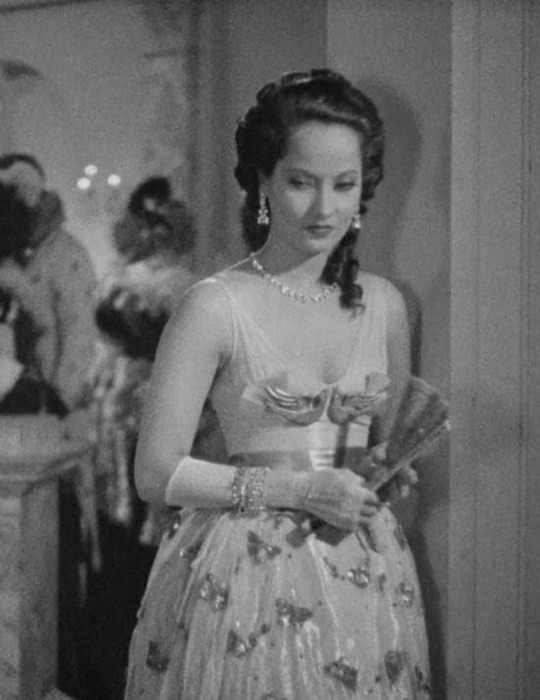
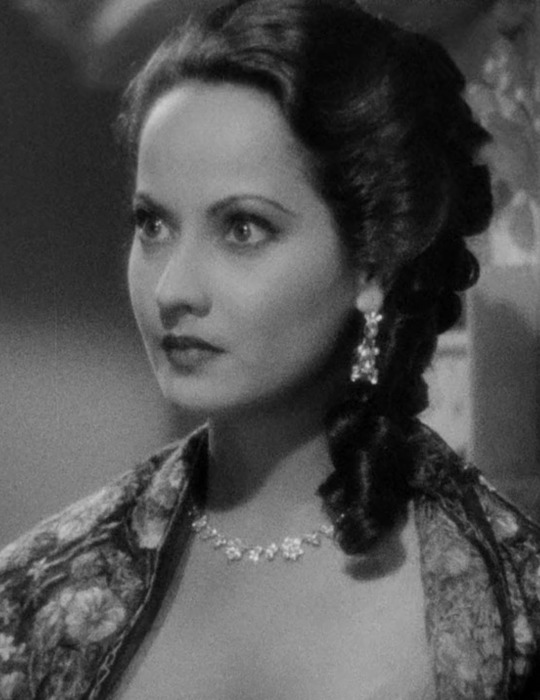
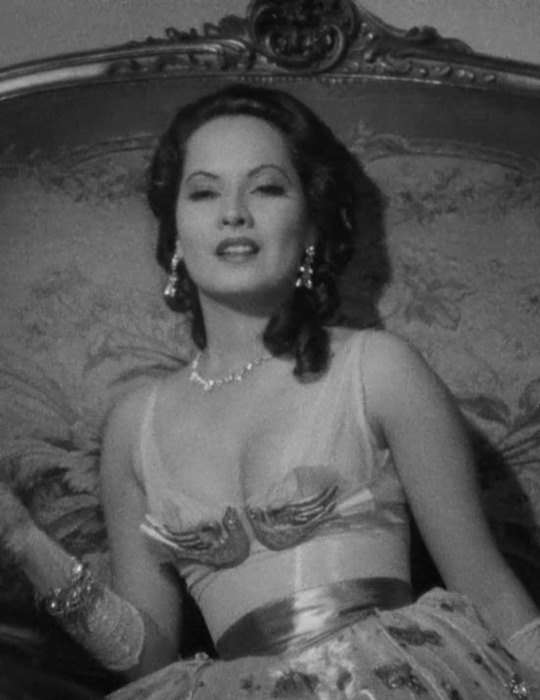
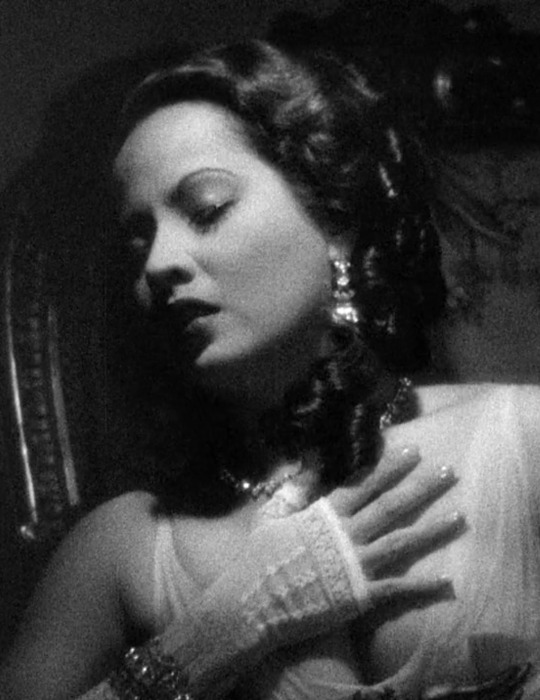

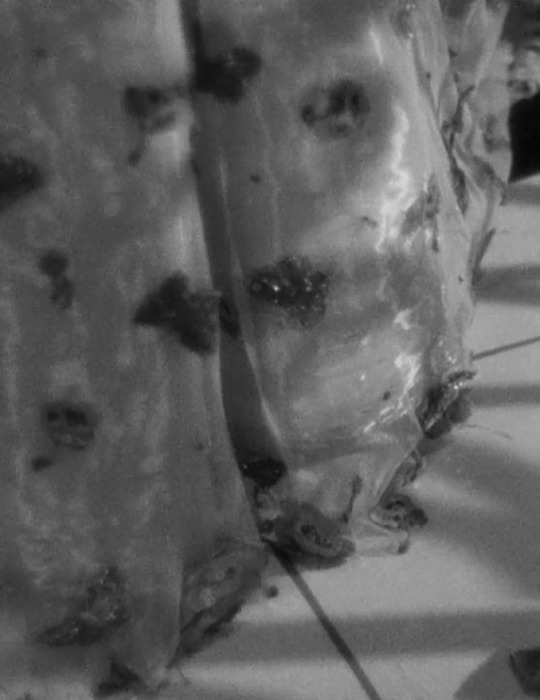
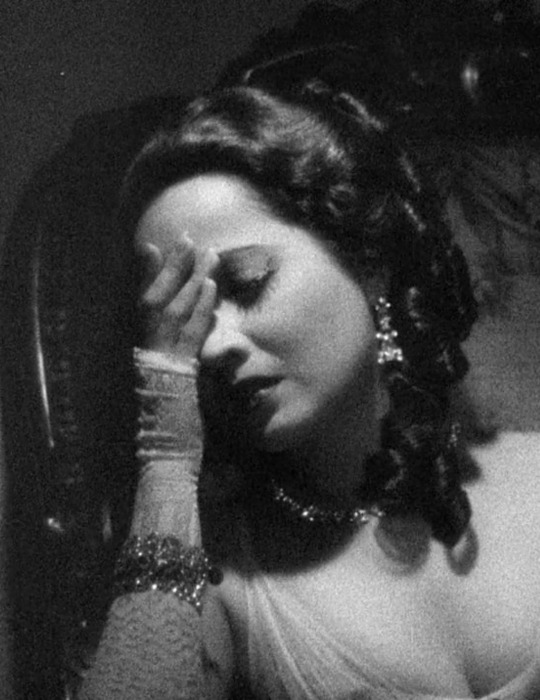
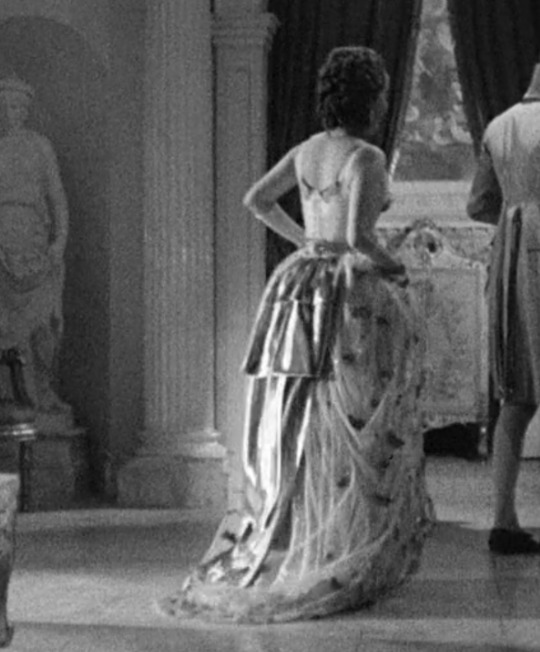

Merle Oberon as Marguerite Blakeney in The Scarlet Pimpernel (1934)
Costume design by John Armstrong and Oliver Messel
#merle oberon#the scarlet pimpernel#the scarlet pimpernel 1934#john armstrong#oliver messel#costume design#movies#1930s
24 notes
·
View notes
Text

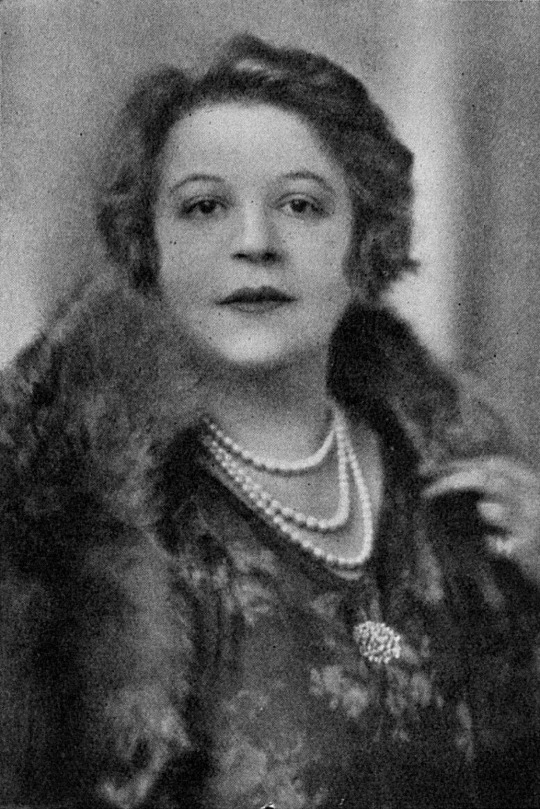
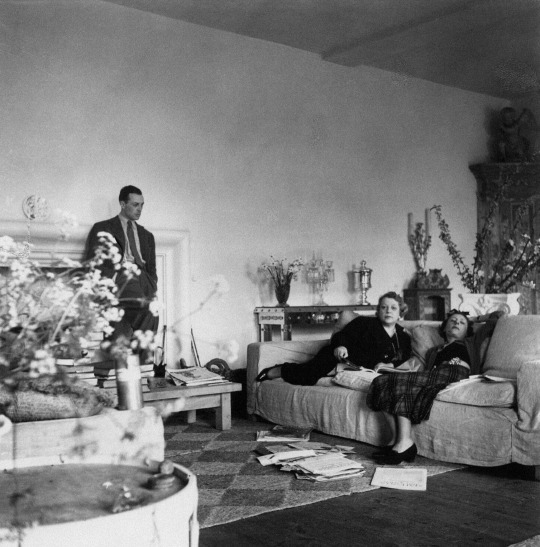



Olga “Oggie” Lynn (1882-1961), born Lowenthal, was a singer and singing teacher, who, despite being somewhat older than most of the Bright Young Things, was a staple of their circle. She was “short,” “dumpy,” and “jolly,” and would often host tableuax vivants for charity or sing at parties with “a rather sweet, pure little voice” when she wasn't giving lessons. She “was inclined to get into situations with which she could not cope and was always being helped by her friends,” chief among them Oliver Messel.
For a time, she lived together with Gladys Cooper, Lady Idina Sackville, and Tallulah Bankhead. According to Chips Channon, she and Tallulah Bankhead were “the queens of London's wickedest world — la haute lesbie [coterie of smart lesbians].” Her girlfriend, Maud “the Admiral” Nelson (1904-1969), though “unable to type,” was secretary first to Napier, Lord Alington, and then Cecil Beaton. It is undoubtedly Maud Nelson to whom Anthony Powell refers when he describes the mixed make-up of the parties of the age:
At one end of the scale there'd be quite smart people, Diana Cooperish sort of figures and so on. At the other there'd always be a lot of these girls who were sort of living on the margin — you know, they'd do a little modeling; at the same time they were not quite tarts but they were being half kept. And then it would tail off into the queer, almost criminal world — lesbians dressed as admirals, that sort of thing. (emphasis mine, qtd. in Taylor, Bright Young People)
As a Christmas present, in 1933, Baba and Cecil Beaton gifted Olga Lynn a scrapbook filled with signed photographs of their friends, giving us a glimpse of her social circle. It included Lady Idina Sackville; Violet, Duchess of Rutland; Gertrude Lawrence; Lady Diana Cooper; Napier, Lord Alington; Sir Michael Duff; Audrey Pleydell-Bouverie; and Viola Tree.
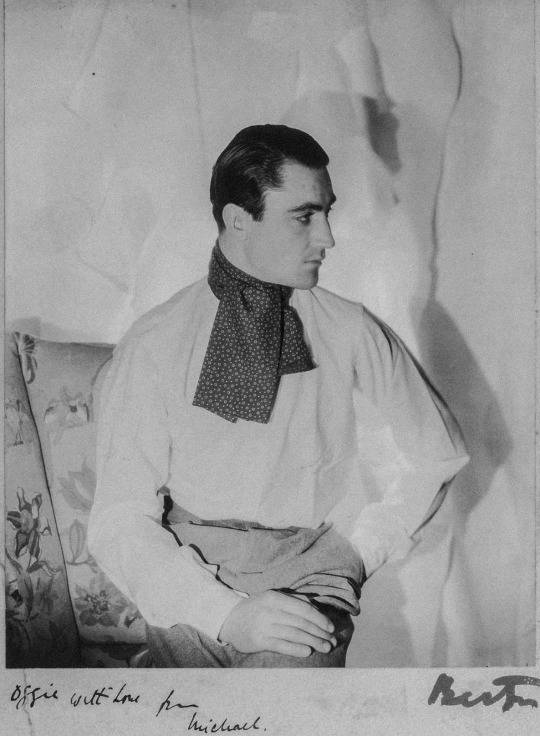


#olga lynn#bright young people#bright young things#ok get ready for my extensive tagging. here we go →#1920s#1930s#oliver messel#gladys cooper#idina sackville#tallulah bankhead#chips channon#maud nelson#napier alington#anthony powell#diana cooper#baba beaton#violet rutland#gertrude lawrence#michael duff#audrey pleydell-bouverie#viola tree#peter watson#lilia ralli#baba d'erlanger#charles james#tom mitford#info abt the photos & sources in alt!#🕰️
39 notes
·
View notes
Text

Headdress and wig for Cleopatra designed by Oliver Messel for the film Caesar and Cleopatra, adapted from the play by George Bernard Shaw, released 1945
6 notes
·
View notes
Photo

Marguerite Blakeney (Merle Oberon) Portrait dress.. The Scarlet Pimpernel (1934).. Costume by Oliver Messel.
56 notes
·
View notes
Text
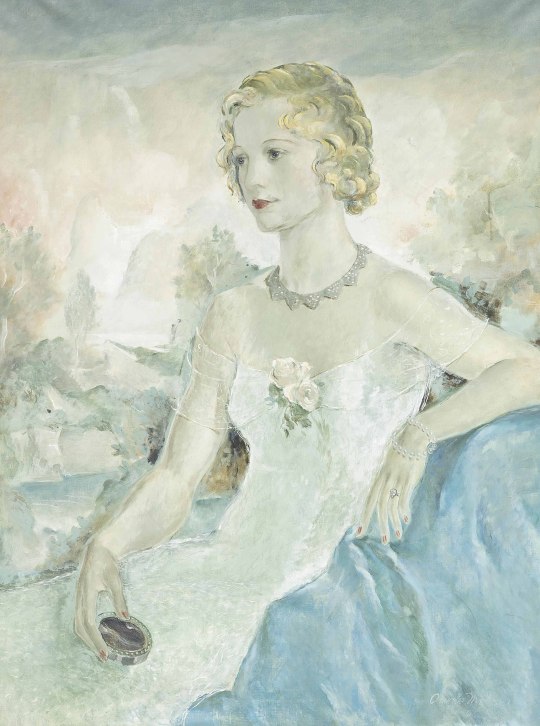
Oliver Messel - Portrait of Adrianne Allen
10 notes
·
View notes
Text

Society photographer Cecil Beaton with the wealthy art collector and benefactor Peter Watson and Peter’s lover the stage designer Oliver Messel.
174 notes
·
View notes
Text
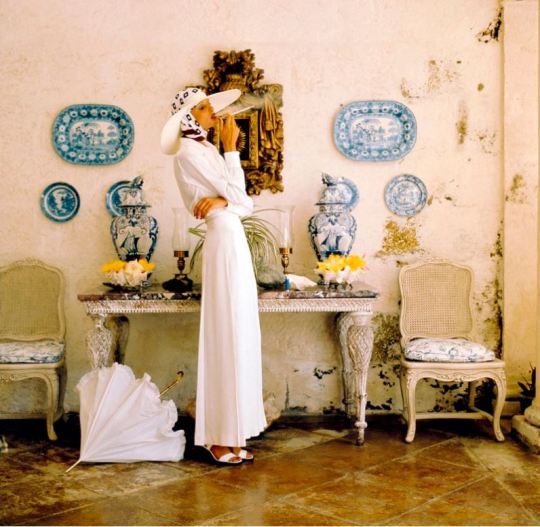
Apollonia van Ravenstein photographed at Oliver Messel’s house in Barbados wearing Saint Laurent Rive Gauche. British Vogue, July 1973.
Photographer: Norman Parkinson
#Apollonia van Ravenstein#Saint Laurent Rive Gauche#vogue#1970s#fashion#fashion history#Norman Parkinson#photography#model
68 notes
·
View notes
Text
”Considering the work of classic Hollywood’s gay directors and gay producers—a small but vital subset of studio system—suggests ‘queer cinema’ might not be such a modern postulate. Occasionally, a convergence of director, producer, writer, and star came together, such as happened with Camille (1937). The gay writer DeWitt Bodeen said that Camille ‘represents a meeting of talents that were perfect for its interpretation.’ In fact, wags like to call the picture a rare ‘all-gay’ studio production, and in some ways it comes close: producer David Lewis, director George Cukor, screenwriter Zoe Akins. Garbo, too, and Mercedes de Acosta had a hand in an early draft of the script before Akins took over. Robert Taylor, who played a stunningly beautiful Armand, was rumored to be having an affair with the films set decorator, Jack Moore. There was also Adrian on costumes and Sydney Guilaroff doing hair. Rex O’Malley infused his Gaston with a natural feyness, a quality perhaps intended by Cukor and Akins, and another gay actor, Rex Evans, played several bit parts. (‘Who is that big man and what part is he playing?’ Garbo asked Cukor. ‘That man is Rex Evans,’ the director replied, ‘and he’s playing the part of a friend who needs a job.’)
Cukor also maneuvered the hiring of another friend—and another gay man—as the picture’s true art director, supplanting the ubiquitous Cedric Gibbons, whose contract nonetheless decreed screen credit. This was Oliver Messel, esteemed scenic and costume designer from the London stage.”
William J. Mann, Behind the Screen: How Gays and Lesbians Shaped Hollywood
21 notes
·
View notes
Text

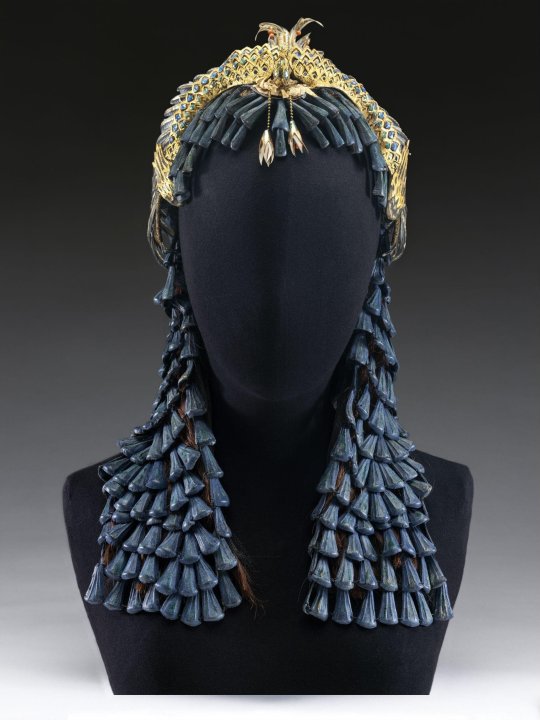
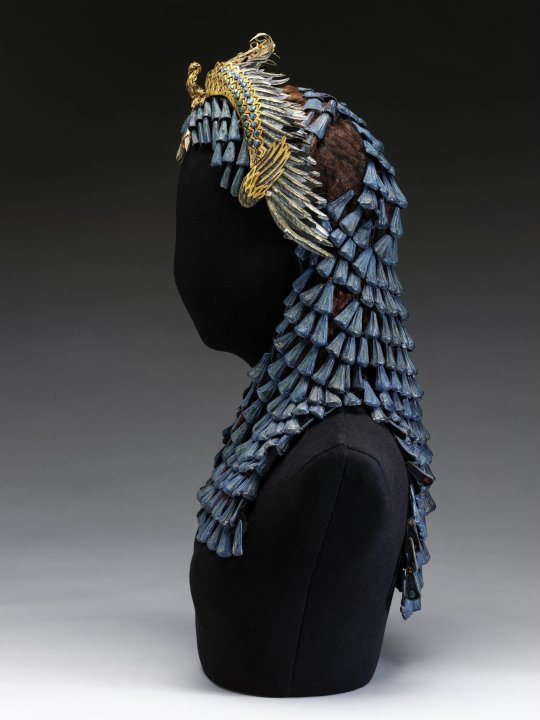



Oliver Messel, Headdress and wig designed for Vivien Leigh in Caesar and Cleopatra, 1945 (Victoria & Albert Museum, London)
144 notes
·
View notes
Text




Vivien Leigh as Titania in A Midsummer Night's Dream, The Old Vic, 1937 (directed by Tyrone Guthrie, with sets and costumes by Oliver Messel).
Shakespeare's play was presented as an affectionate Victorian pastiche, and included large choruses of muslin-clad fairies flying in on wires. Mendelssohn's famous incidental music was much in evidence, with choreography by Ninette de Valois. Vivien Leigh's Oberon was played by Robert Helpmann, Ralph Richardson played Bottom, and Gordon Miller, Puck.
(source)
14 notes
·
View notes
Photo

Apollonia van Ravenstein photographed at Oliver Messel’s garden in Barbados wearing a bikini and shorts by Gerdie Schaffer with a straw hat by Miss Dolores, bangles from Browns and patent sandals by Manolo Blahnik. British Vogue, July 1973 / Photographer: Norman Parkinson
#norman parkinson#vintage#vintage fashion#fashion photography#vintage photography#pin#apollonia van ravenstein#70s#polka dots#swimwear#vintage accessories#hats#straw#barbados#summer#beach#sea#cm: blue
3 notes
·
View notes
Photo
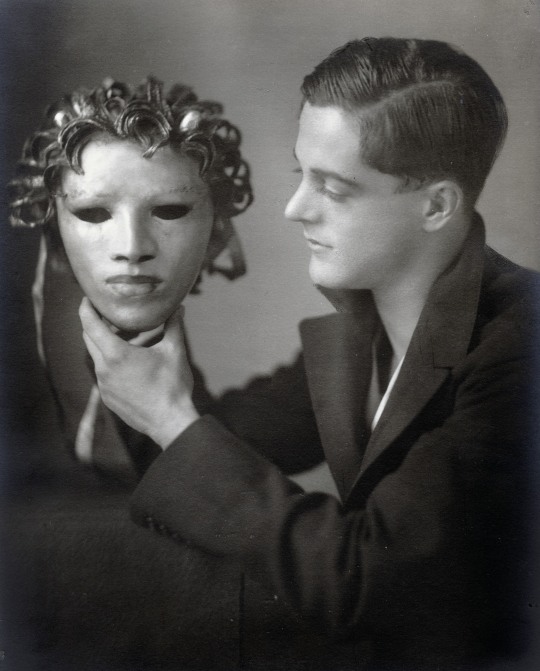
Fenwick Cutting -Oliver Messel with one of his theatre masks, c. 1926
144 notes
·
View notes
Text
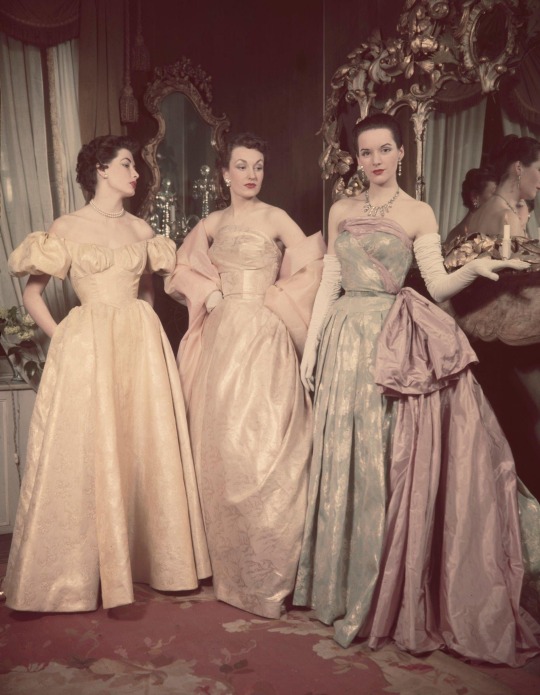
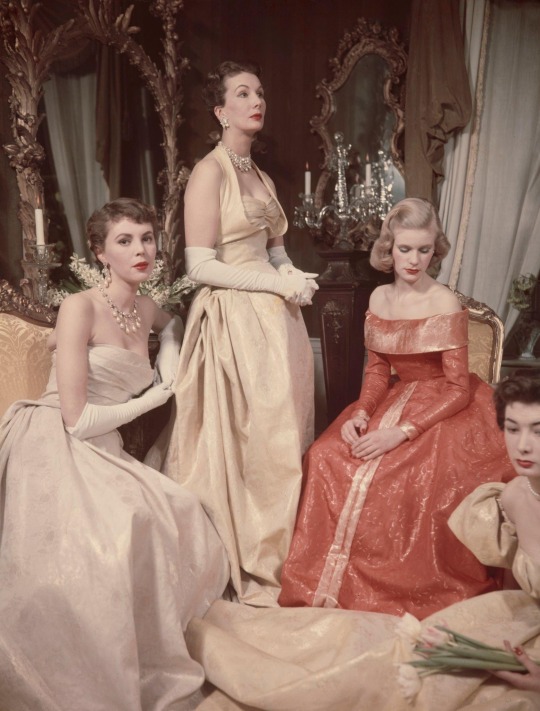
Three female models, including Barbara Goalen in centre, wear evening gowns entitled 'Gold Acorn', 'Jewels' and 'Twigs', made with silk fabric by Oliver Messel, at Sekers Fabrics in Bruton Street, London in February 1953.
Three female models, including from left, Pamela Crampton, Barbara Goalen and Sally Ann Vivian wear two evening gowns in silk by John Cavanagh and a third, on right, by Worth, in which the top of the gown is turned over to show the reverse side of the fabric, at Sekers Fabrics in Bruton Street, London in February 1953.
72 notes
·
View notes

